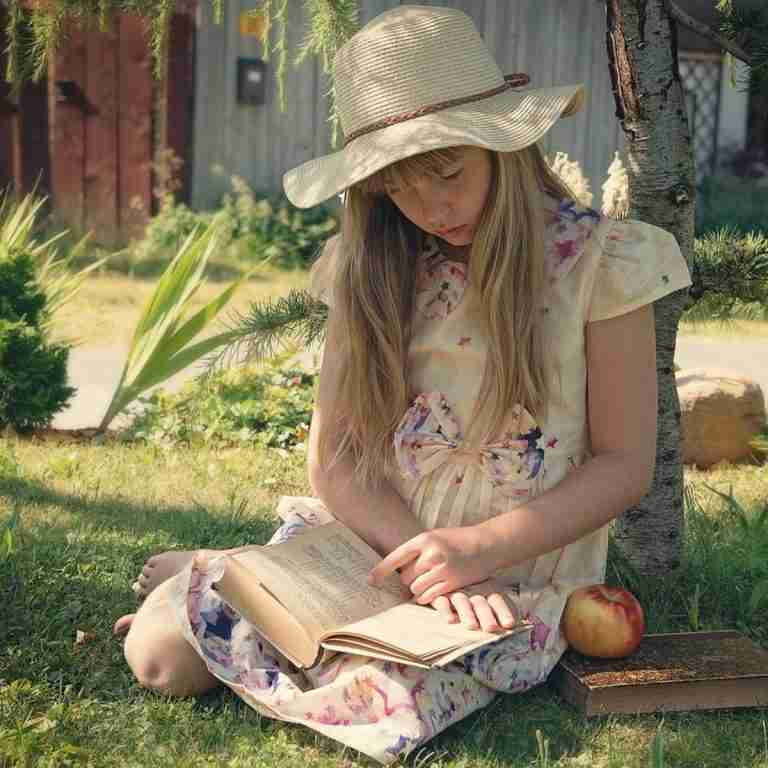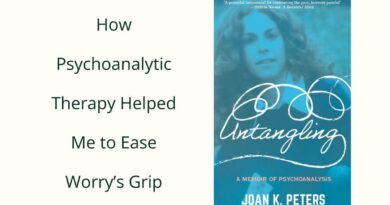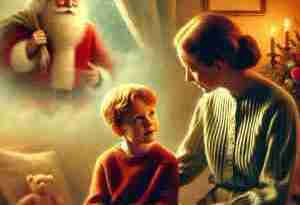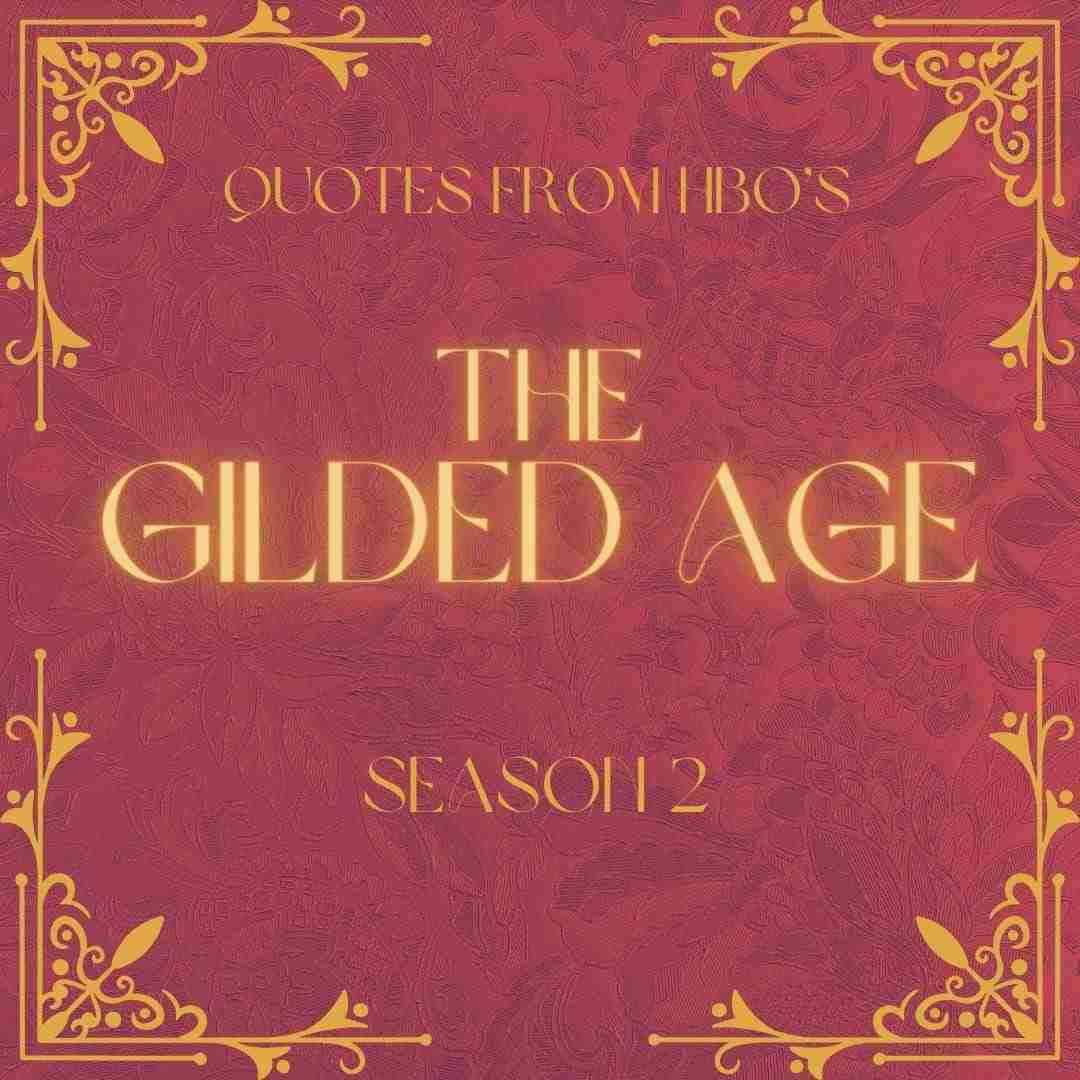Bibliotherapy: A Therapeutic Intervention And Resilience Tool
As a child, I engaged in bibliotherapy.
My mind could journey to safe places away from present pain. I could travel with characters who had similar experiences and triumphed.
This gave me hope that I could not only survive but thrive.
Books entertained, taught, comforted, and saved me.

Books Have Power
Those who seek to ban books tacitly acknowledge their immense power. Texts can provide readers with multiple viewpoints, benefit mental health, cultivate hope, and create change.
They share and challenge mythology. They tell truths and share perspectives, whether through facts or stories.
Books allow readers opportunities to relate to identities and experiences, promote self-esteem, improve self-awareness, and develop problem-solving skills. Additionally, reading can promote compassionate views of others’ identities and experiences, enhance empathy, teach readers about events, people, and places, and more (Bishop, 1990).
As mental health professionals, librarians, and teachers know, books can change lives.
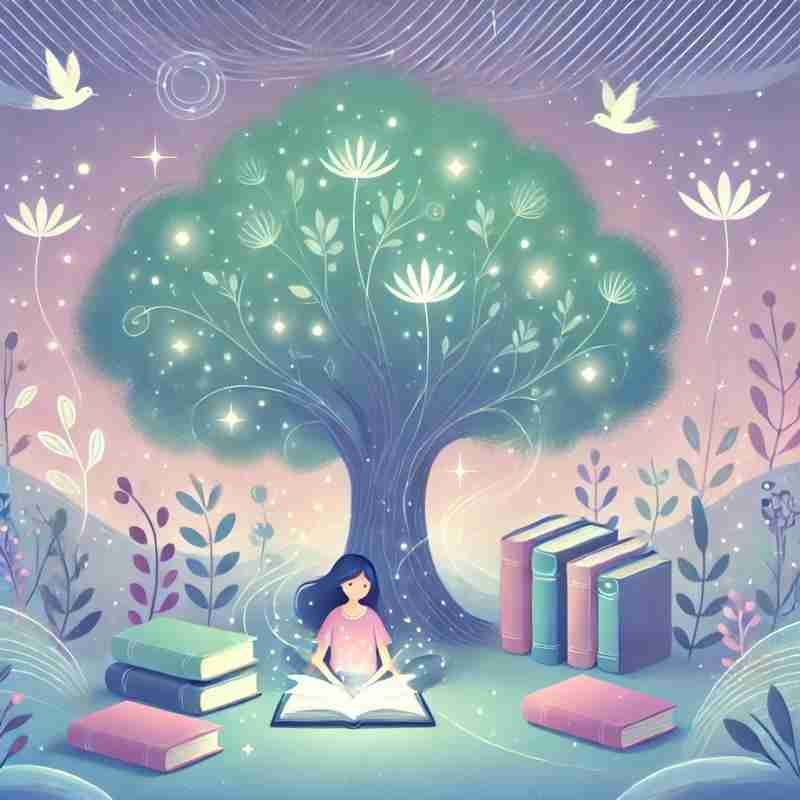
No text is neutral. The creator(s) of each book see the world through their identities and experiences, which impact the words, images, themes, and more selected for inclusion.
However, meaning doesn’t reside in words alone. A reader brings their own experiences, identities, and more to their interpretation of the text (Rosenblatt, 1933).
Readers can interact with materials in ways that create therapeutic results, whether in combination with other forms of mental health treatments or on their own.
What is Bibliotherapy?
Bibliotherapy refers to the use of literature to assist with various emotional and mental health challenges or events in one’s life.
Some organizations offer bibliotherapy as part of a planned reading program designed by mental health professionals.
Typically, these programs provide curated lists of books that help readers who have challenges with mental illness.
Some programs focus on three phases: personal identification with a particular character or problem, relating to a character’s journey, and application of the solution suggested and/or insights gained to the reader’s life.

Various hospital and institution libraries have adult workers who can assist young people with selecting beneficial books. These workers help patients who have a mental illness or emotional disturbance find therapeutic reading materials.
Others view bibliotherapy as a more organic process that happens with or without the guidance of mental health professionals working with the reader(s). An adult may recommend a book to a child or the child may pick up a book independently.
The reader typically sees qualities in the character or situation and thinks about what is going on in their own life through that character or situation. Ideally, the process occurs with an adult the child can talk with.
Developmental Bibliotherapy Helped Me Cope
After I told on my upper elementary teacher, her enablers attacked me, causing additional emotional and psychological suffering. I needed an escape and turned to books.
When I first read the Losing Christina series by Caroline Cooney, I didn’t know the profound impact they would have on me or the deeper understanding of my problems and the catharsis I would gain.
My personality and history differed from the main character’s though I related to her courage and passion for justice.
Christina and I both navigated bullying by peers and teachers. I related to her frustration about adults not seeing the truth about abusive grownups.
Christina’s pain mirrored my own as she received punishment for speaking up. I cried with relief at the end of the series and hoped for relief from my pain too.
I read my copies of the books until they fell apart. Although I couldn’t apply the problem-solving skills from the books to my life, they helped me feel less alone and imagine a world where adults in authority would listen to and value me.
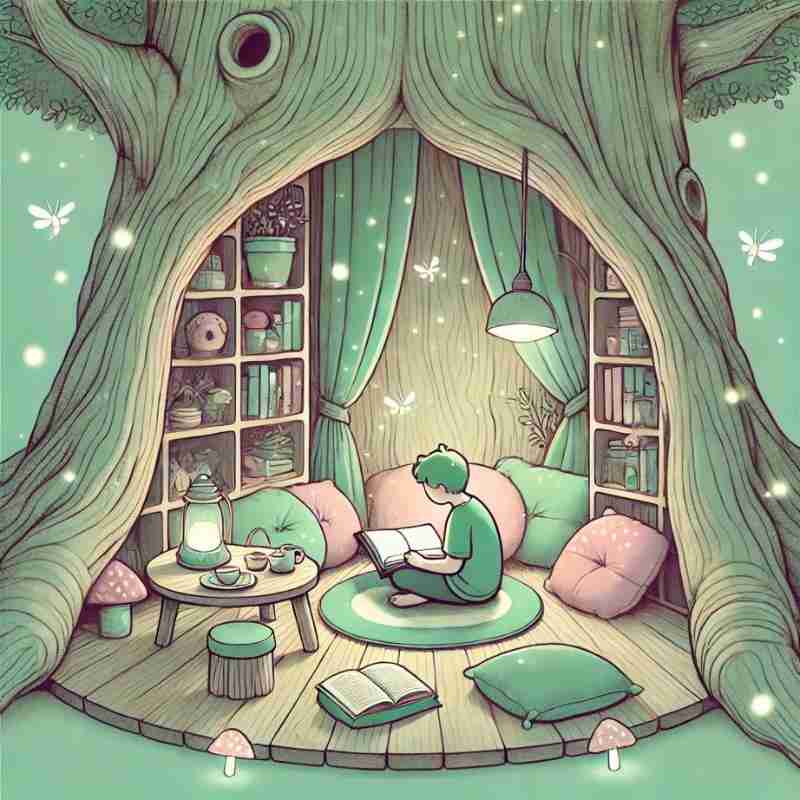
Literature provided me with a way to process trauma, a map for navigating my feelings and trauma, catharsis, and hope.
Selected Reading Materials for Resilience Through Bibliotherapy
Some professional organizations, including the American Library Association, recognize the importance of bibliotherapy and provide resources online. However, there aren’t many lists available of literature that help children and teens apply resilience to their lives.
I am including some books that can be used as bibliotherapy, though adults in a child’s life know best what will work for that child. I encourage reading the book first to identify things to discuss, as well as determine whether the book is right for that reader.
This list is a guide only. Talk with the children’s librarian(s) at your local library, school counselor(s), and/or your child’s therapist for literature that would be best suited for your child.
There are no books that are right for every reader at every time.
Creative Bibliotherapy in Picture Books
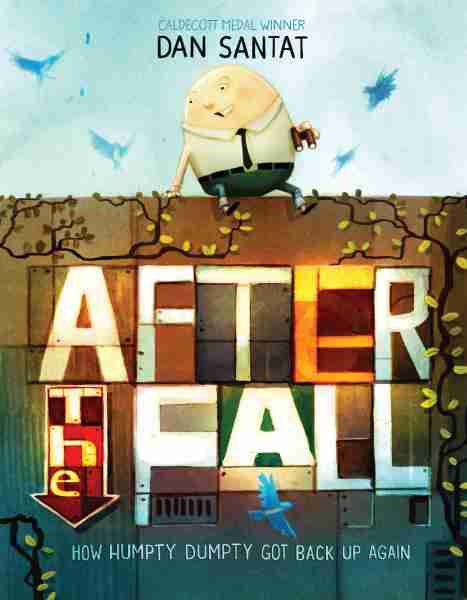
After The Fall by Dan Santat
Have you ever wondered what happened to Humpty Dumpty after he fell? He is never the same, but he starts learning how to trust himself and soar.
Children (or adults) who have experienced a traumatic event, depression, anxiety, fear, and more will relate to this picture book. Adults can talk with children about small steps to take to help increase confidence, resilience, and more.

My Brother is Away by Sara Greenwood, illustrated by Luisa Uribe
It’s challenging for a child when a family member goes away for a period of time, whether it’s to jail, treatment, or for other reasons.
This book explores the range of emotions a child can feel and helps children navigate challenging family situations. Adults can talk with children about how it’s okay to feel a wide range of emotions and work with them on healthy expression of those emotions. This book can serve as a reminder that other children experience a family member going away.
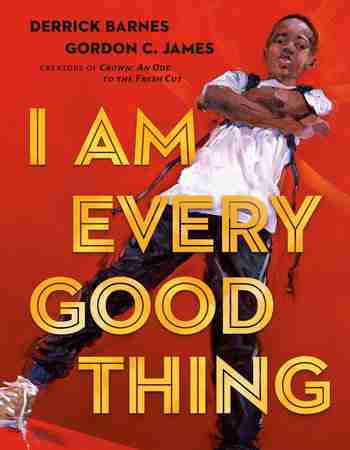
I Am Every Good Thing by Derrick Barnes, illustrated by Gordon C. James
Precious Child, you are “every good thing” and more, no matter what others may say. You are fabulously you, and that is to be celebrated!
This powerful book reminds children how incredible they are. Adults can read this to the children in their lives who are experiencing racism, bullying, and other harms, as well as to those who are not. Adults can put notes on children’s bedroom doors, in lunchboxes, or elsewhere to remind them of all the unique, lovable, wonderful things about them. This can foster resilience.
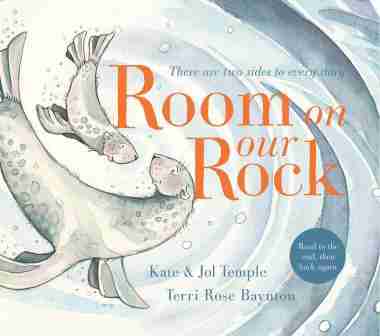
Room on our Rock by Kate & Jol Temple, illustrated by Terri Rose Baynton
We all see the world through different lenses. This delightful book captures how perspectives shift when we look at something another way. The story told from back to front is very different from that told from front to back.
This book helps readers consider events from another’s point of view and increase compassion and understanding. Perspective-taking can help build habits that lead to greater resilience, compassion, and empathy.
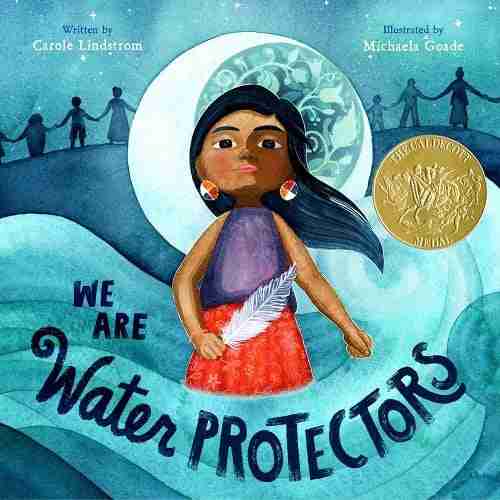
We are Water Protectors by Carole Lindstrom, illustrated by Michaela Goade
All of us are linked to each other, the land, the water, and all beings. Even when we feel most alone, we have connections to others. Each of us can make a difference, one step at a time.
Adults can help children explore ways they see their interrelatedness to the world, people, and other beings around them. When something seems overwhelming or impossible, it helps to break it down to one task at a time. Banding together accomplishes even more. What is one small step you can take today to build resilience, positively impact those around you, increase your self-confidence, etc.?
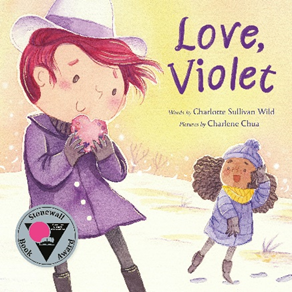
Love Violet by Charlotte Sullivan Wild, illustrated by Charlene Chua
Violet loves being around Mira, even though she feels shy and awkward every time Mira asks her to play. Violet knows just the way to let Mira know she cares; she’ll create a special Valentine just for her.
Many children feel shy and/or anxious in school or other settings. This book can help children explore their feelings. Children can make a card or Valentine for someone sharing what they like about the person. Adults can write a letter or card to their children telling the children some of the many things they love about them. A family can create posters about what is special about each person in the family.

Lubna and Pebble by Wendy Meddour, illustrated by Daniel Engeus
In the refugee camp, Pebble is always there for Lubna. Pebble is the one in whom she confides, and she doesn’t know what she would do without Pebble. But one day, she meets someone who needs Pebble more than she.
This tender tale of love, compassion, and resilience teaches readers how to care for themselves and others during struggle. What is the most generous thing someone has done for you? What is an action you can take to help someone?
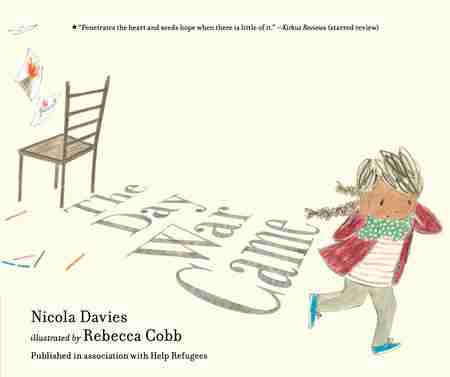
The Day War Came by Nicola Davies, illustrated by Rebecca Cobb
It started like an ordinary day. Then everything changed. How does one pick up the pieces when life has been forever split into a before and after?
Children who have experienced traumatic events can relate to this book. Talk with children about things to do to feel safe again after a traumatic event, ways to show compassion to those who are dealing with trauma, and how to help others feel valued and welcomed.
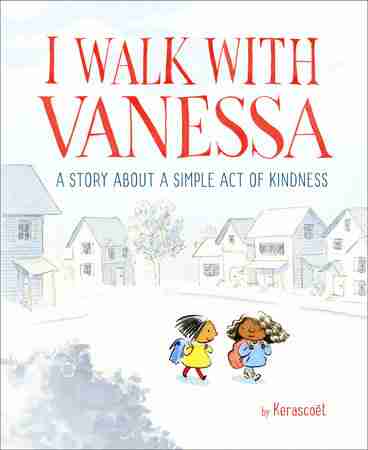
I Walk with Vanessa by Kerascoët
Vanessa is new to school and someone is mean to her on the first day. The next day, one student decides to walk with Vanessa to school, and then another joins, and another. The power of kindness shines through.
This book sparks discussion about bullying, unkind actions or words, and ways to be an upstander. What are some random acts of kindness you and your children can do? How does it feel to do these actions? What happens when more people join in and choose to to something kind?
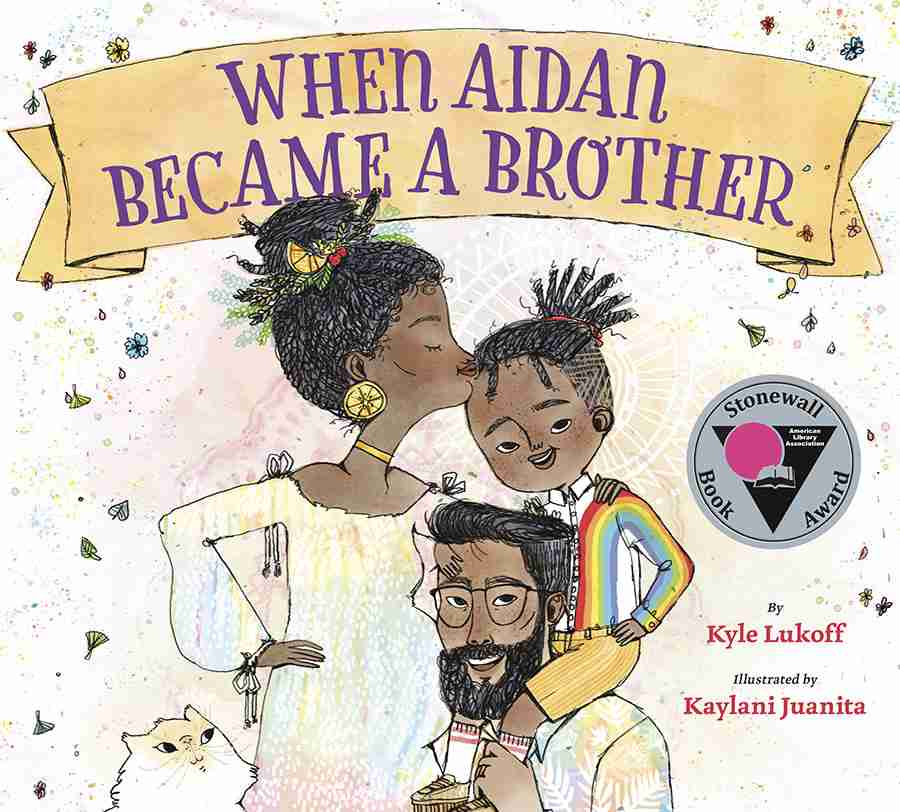
When Aidan Became a Brother by Kyle Lukoff, illustrated by Kaylani Juanita
Aidan’s parents are having a baby! He is excited for the baby, and he wants to make sure that his new sibling feels comfortable being themselves. He doesn’t want the baby to feel misunderstood or unseen like he did.
When a parent or guardian is pregnant, this book can help children prepare for a new baby. It also sparks conversations about being true to oneself.
What is one small thing you can do today to change the world for the better? What can you do to help someone feel seen, heard, loved, and valued exactly as they are?
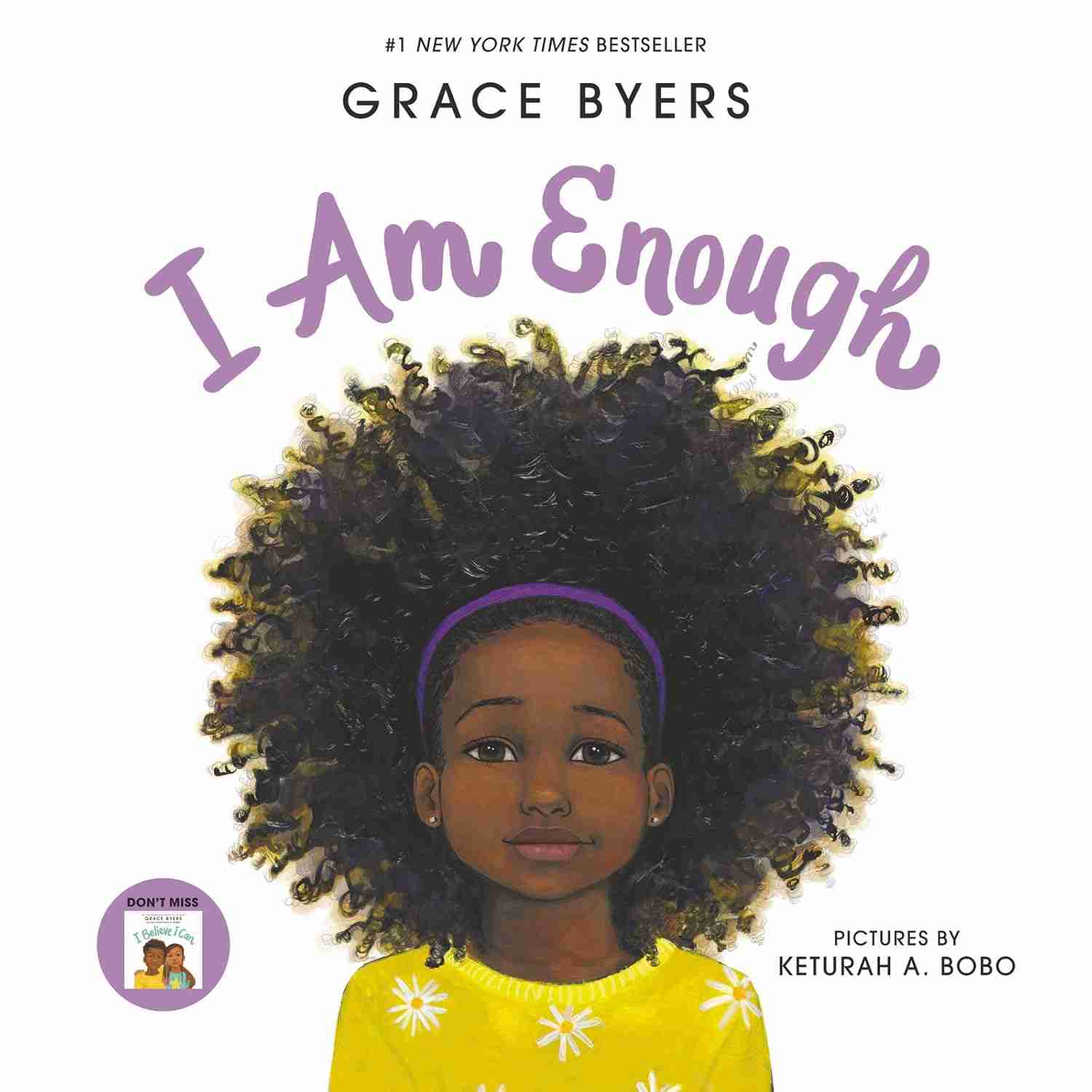
I am Enough by Grace Byers, illustrated by Keturah A. Bobo
You are loved and lovable exactly as you are, in every mood, and in every moment.
This book helps foster self-love, self-confidence, self-compassion, and resilience. Talk with your child about ways they are unique and wonderful. Create an “I Am” poem, collage, or other artwork that showcases your child and the things they do, say, and are. Post it on the fridge or other art gallery in your home to remind your child about how fabulous and loved they are.
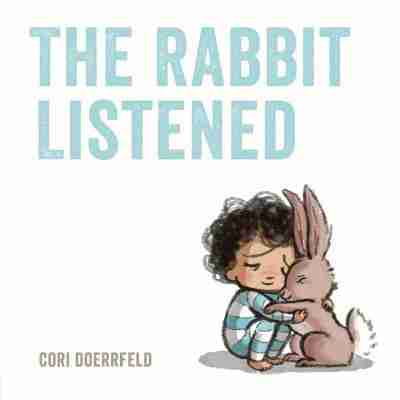
The Rabbit Listened by Cori Doerrfeld
Oh no! Disaster strikes and the beautiful structure the child built is ruined. One by one, different animals give their suggestions to help the child. Nothing works until the rabbit listens.
What are some ways your child can help their family or friends when they are upset? Role play different scenarios together and talk about how people need different things. Talk with and model for your child how to communicate needs.
Chapter Books and Middle Grades Novels
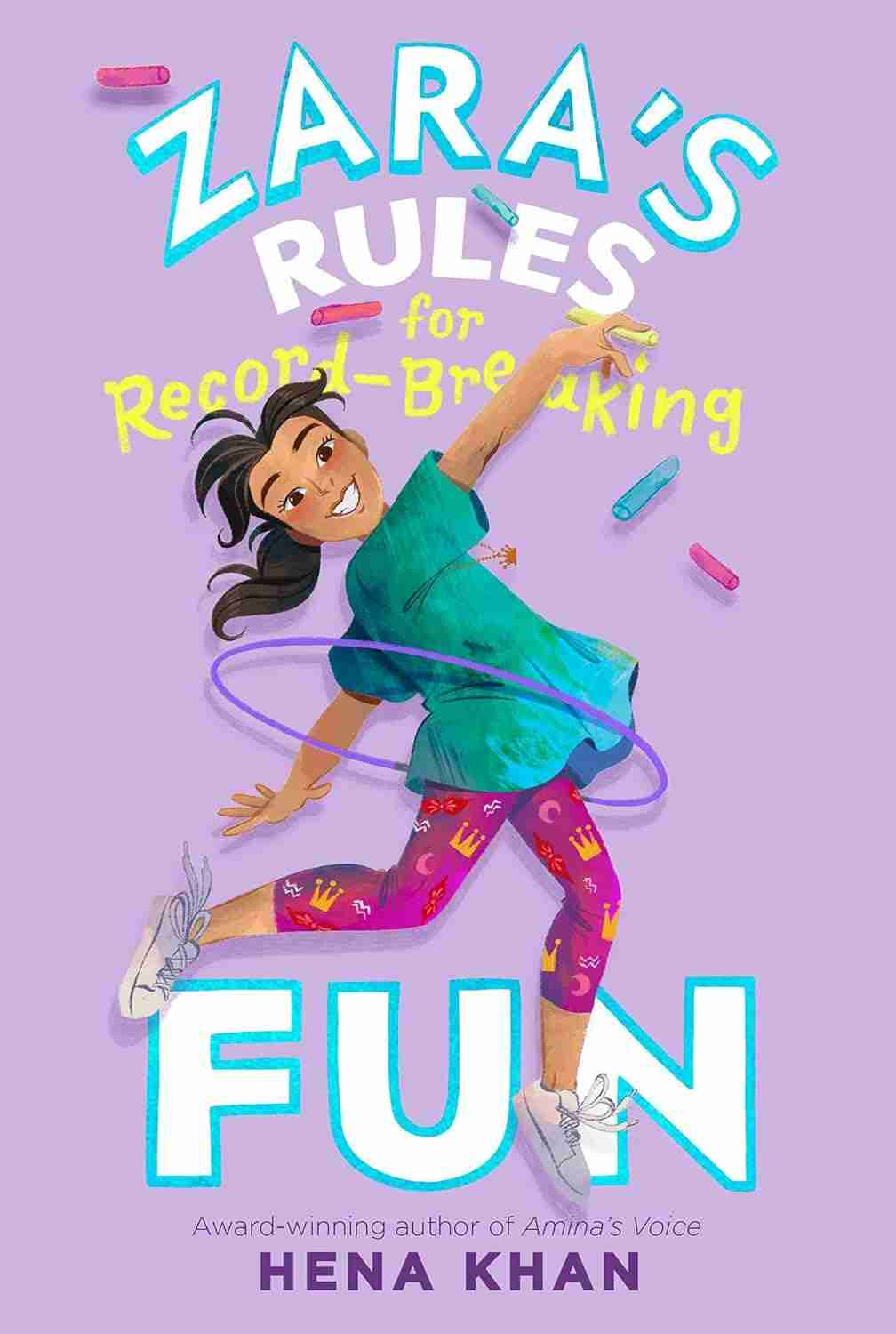
Zara’s Rules for Record-Breaking Fun by Hena Khan
Zara knows all about organizing fun for the neighborhood children. But one day, a new girl moves in who has different ideas for having fun. How can she and Zara get along?
Children and their grownups can explore ways to share the spotlight. They can discuss what may have helped Zara feel more included and more secure, as well as examine Zara’s emotional growth.
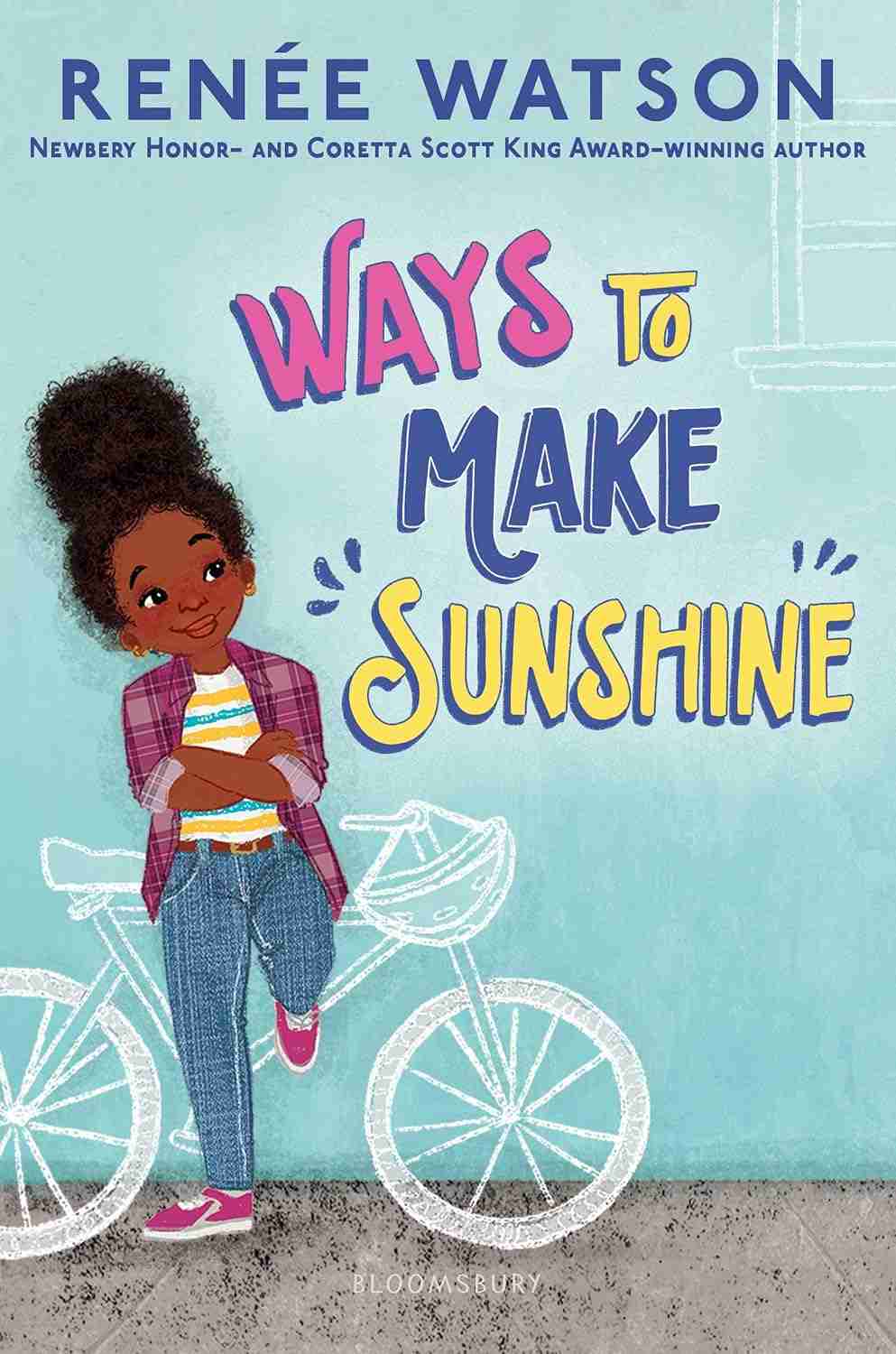
Ways to Make Sunshine by Renee Watson
Ryan’s family has a lot happening in their lives. They’ve moved to a different home, and Dad’s now working the night shift. Through the new challenges, she finds “ways to make sunshine” and showcases resilience. Ryan shows the power of perseverance, kindness, and love.
This book will help children learn how to create moments of joy, laughter, fun, and more, even in challenges.
Adults can ask at the dinner table, “What brought you joy today?” or “How were you able to create joy today?” They can co-create a list of ideas for creating joy during difficulties.
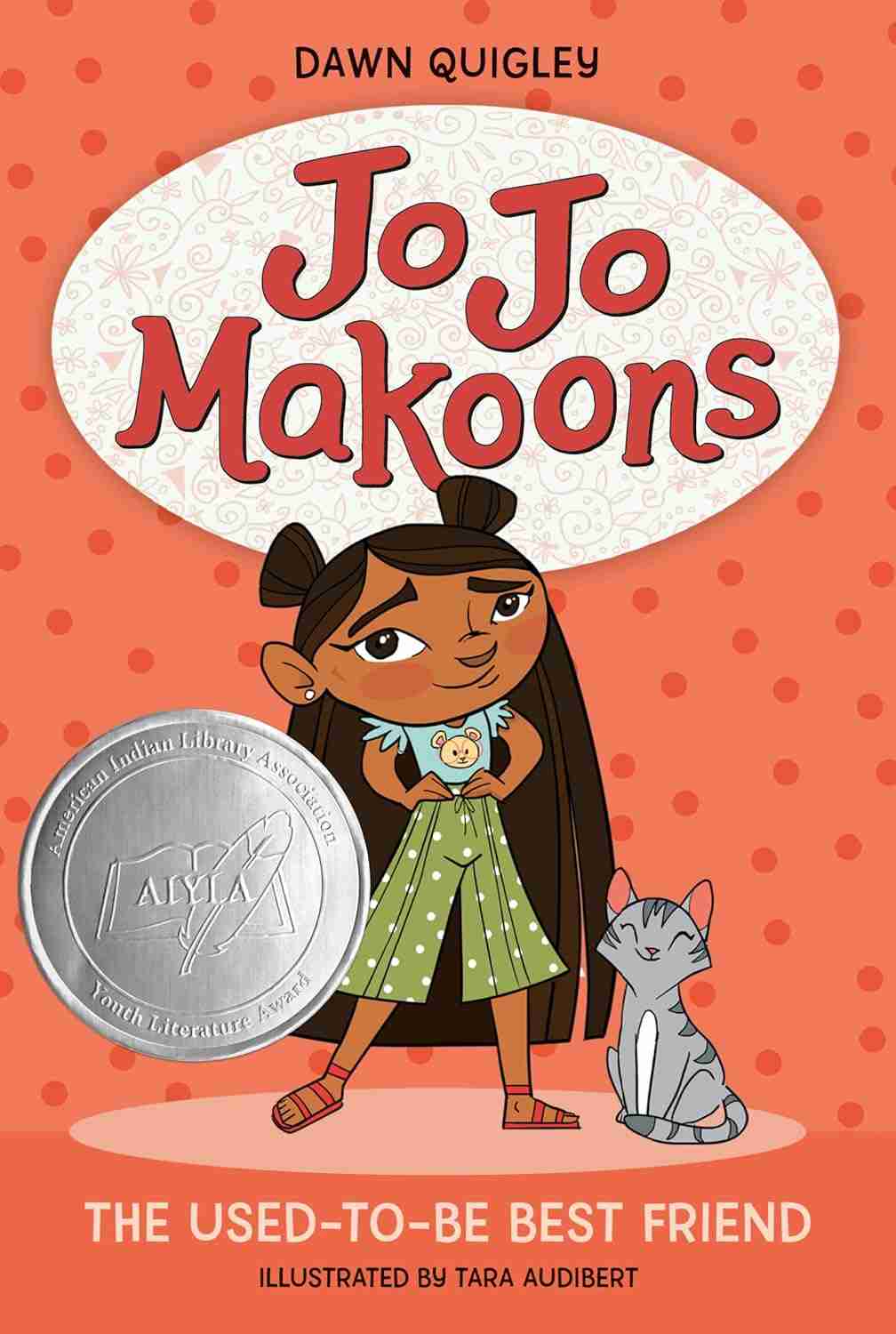
Jo Jo Makoons: The Use-To-Be Best Friend by Dawn Quigley, illustrated by Tara Audibert
The adults around Jo Jo don’t seem to understand all that she knows or to hear what she’s trying to say. Her best friend doesn’t seem to want to be friends anymore. What should she do?
Adults can speak with children about what to do if a friend seems distant. Grownups can listen to children’s words and actions and try to find the reasons behind them.
When children know they are seen, heard, and loved, that helps them develop positive self-regard, resilience, and more.
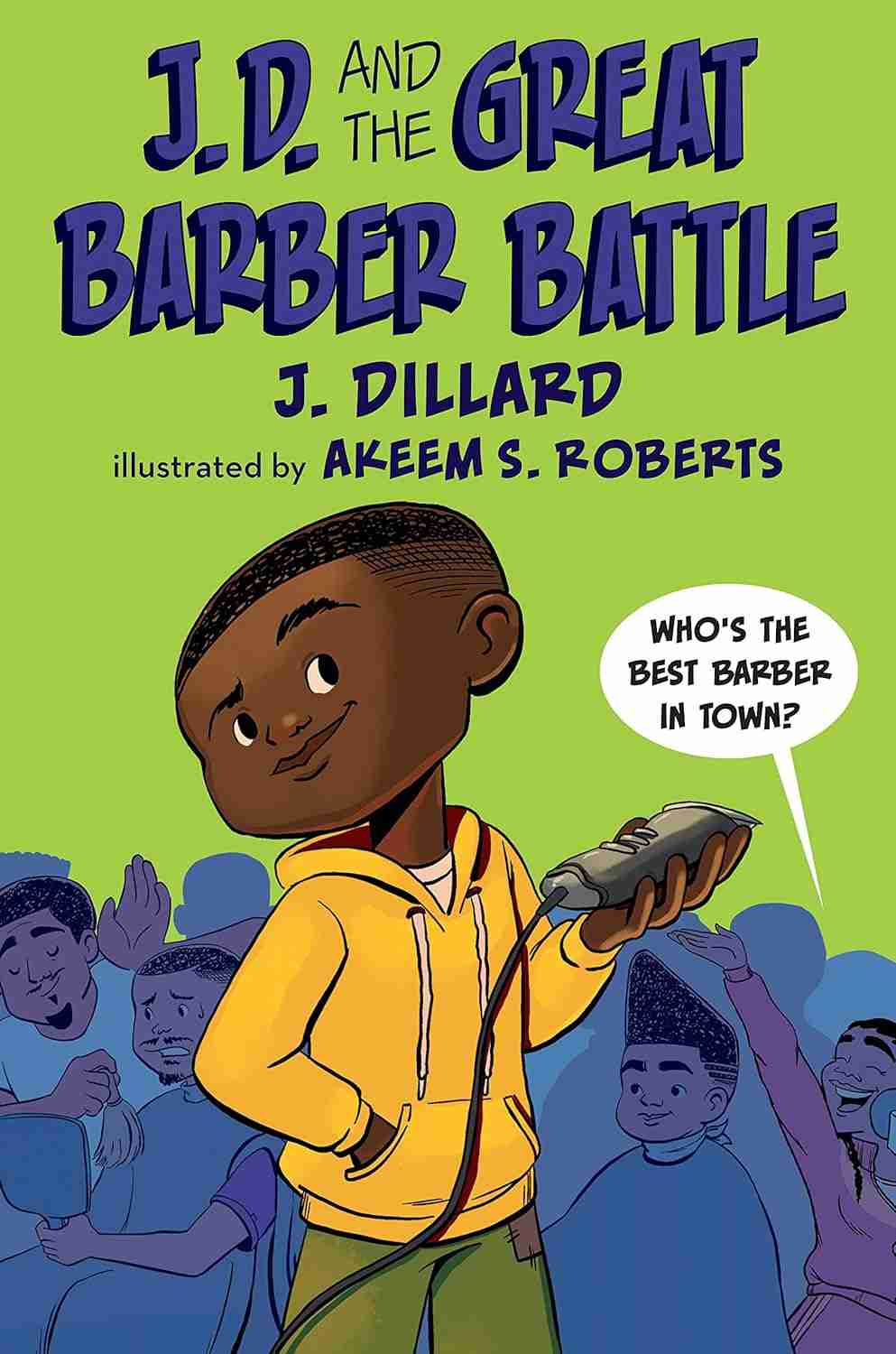
J.D. and the Great Barber Battle by J. Dillard, illustrated by Akeem S. Roberts
When J.D.’s mom gives him a haircut that is rather lacking in its aesthetic appeal, he takes matters into his own hands and discovers a new talent. Soon he has customers coming to him for haircuts instead of the neighborhood barber. Who will win the barber battle?
J.D. shows resilience and problem-solving ability throughout the book as well as sportsmanship, confidence, and compassion.
This book is excellent for children who would benefit from considering ways to work through a problem, how to have a friendly competition with someone, and ways to develop self-confidence.
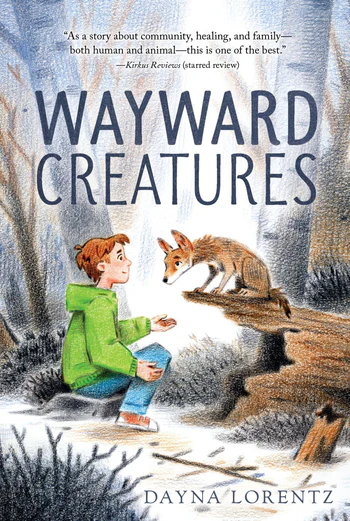
Wayward Creatures by Dayna Lorentz
Gabe’s life has drastically changed. One day he does something big in an effort to be visible, with disastrous consequences. As he works to make amends, he realizes the damage his carelessness has done.
He develops greater compassion and understanding, as well as how to repair harm. He learns to forgive himself and others, as well as how to ask for help.
This book can help children learn how to develop self-compassion and compassion toward others, make amends, and reach out for help when needed. Readers can examine ways people’s behavior impacts themselves and others.
Gabe’s actions and growth can provide children with a template to try again, repair and restore what they may have damaged, and how to practice self-compassion.
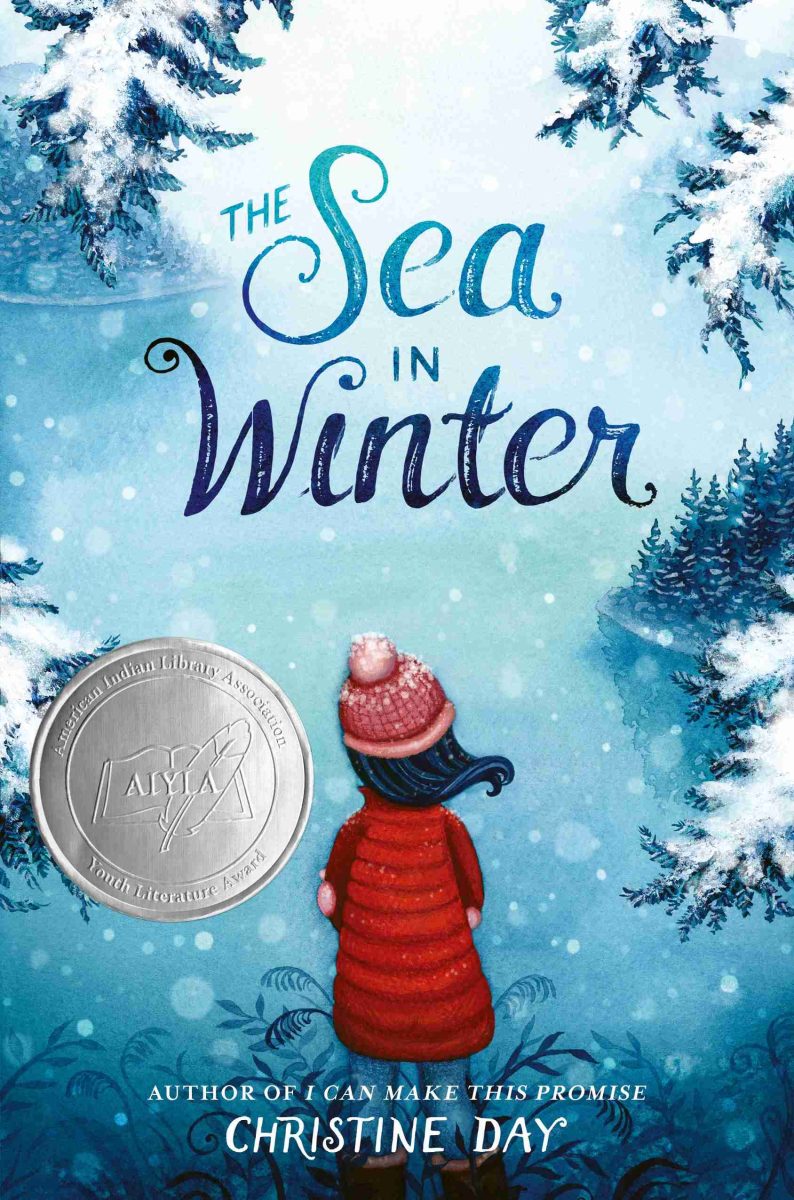
The Sea in Winter by Christine Day
Maisie loves ballet. Unfortunately, she hurts her knee. She falls into depression. She doesn’t know what to do with her once cherished dream, how to connect with her friends, or what life will look like now.
Her family helps her find the strength and resilience to craft a new future where she can shine.
Children who’ve experienced the derailment of a dream will relate to the hopelessness and lack of direction that can result.
Readers can learn to find a new dream, connect more deeply with themselves, and start to heal. Adults can talk with children about how to ask for help, build confidence in new skills, and create new goals.
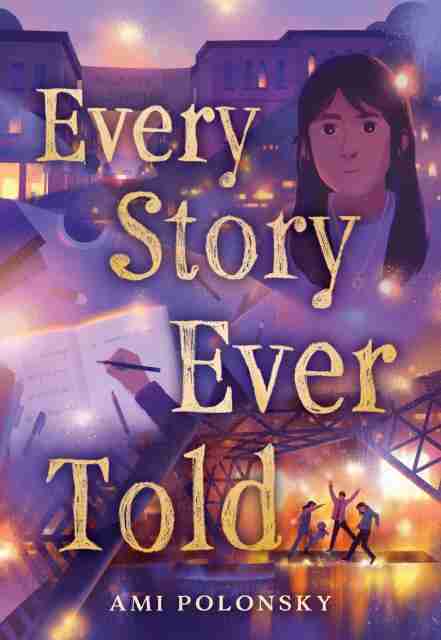
Every Story Ever Told by Ami Polonsky (2024)
Stevie Jane’s mom is hospitalized following a mass shooting. Stevie Jane was at the event when the shooting occurred, and she experiences PTSD.
Although she avoids seeing her mom for a while, she explores places important to her mom. As she travels to different locations, Stevie Jane learns about mental health, healing, hope, resilience, and courage.
Children who have experienced a mass shooting directly or vicariously can find catharsis and hope through the characters. Readers who have experienced different traumatic events may likewise benefit from being with the characters and events in this book. Adults may need to talk with children about their emotions, thoughts, worries, and more while reading this text.
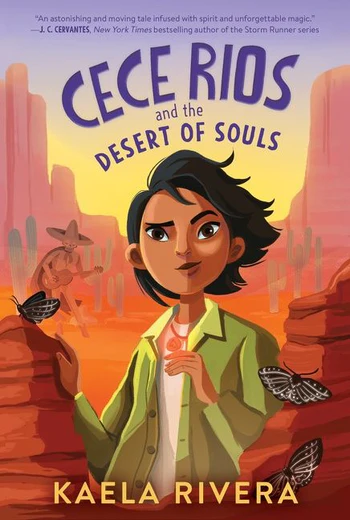
Cece Rios and the Desert of Souls by Kaela Rivera
Cece doesn’t fit in with her village. When she gets lost in the desert, a criatura brings her back, to the fear and disgust of the villagers. Cece saves the criatura, and bears the brunt of her neighbors’ anger.
However, when her sister is taken one night, only Cece has the courage and strength to go after her.
This powerful tale of courage, resilience, love, and hope helps readers learn to look below the surface, question fear-based narratives, and find the courage and love within themselves to change their world.
Adults can talk with children about recognizing signs of abuse and ways to get help if they or someone they know is being abused or bullied.
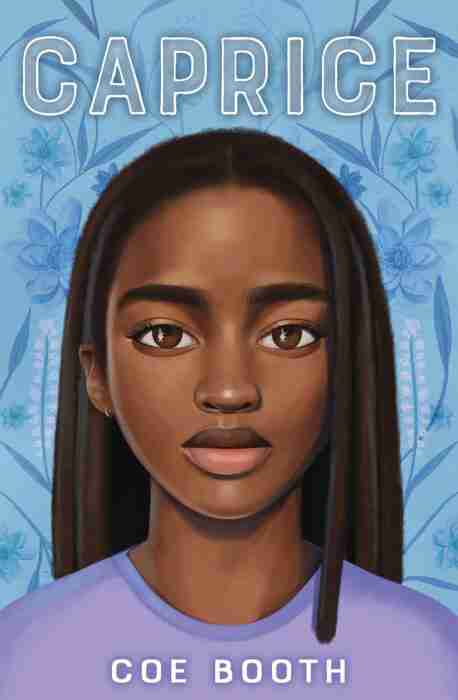
Caprice by Coe Booth
Caprice should be excited; after all, she has an opportunity to attend a prestigious school after summer break. However, the secrets that she buried are starting to rise up.
Her uncle harmed her when she was young, and her estranged grandmother is now ill. Overwhelmed, Caprice realizes she can’t keep her uncle’s secrets forever.
Adults can talk with children about sexual abuse, including various ways to tell. They can help children develop body safety plans–if they haven’t already–and identify safe grownups to talk with about any concerns or violations of body safety.
Ideally, the conversations will include ways abusers groom children, how to tell, and how the abuse is never the child’s fault.
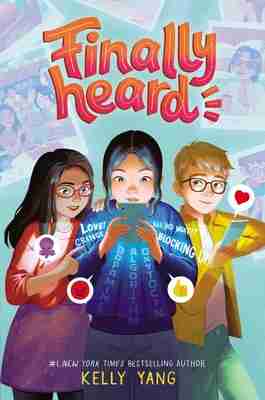
Finally Heard by Kelly Yang
Lina is one of two fifth graders without a smartphone. When her mom’s social media starts taking off, she finally convinces her parents to give her an old phone. She never knew social media could be so engaging.
Lina’s teacher notices her students’ addiction to their phones and starts teaching them about ways social media algorithms are designed to foster addiction, as well as helping them brainstorm ways to set down their phones.
Adults in children’s lives can talk with children about their brains’ amazing capabilities and development, and what they can do to help their brains grow.
They may review Lina’s actions and inactions and talk about the impact of different decisions she could have made. Children can apply these conversations to their lives and brainstorm ways they can help themselves and others.
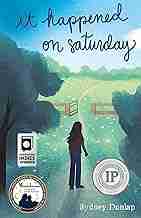
It Happened on Saturday by Sydney Dunlap
Tyler seems to be the boy of Julia’s dreams and almost too good to be true. He listens to her, understands her, and takes her on fabulous dates.
She soon discovers that he is actually the creator of nightmares as he almost trafficks her. Julia courageously faces the challenges of navigating life with trauma. Her healing journey takes her on a path to rediscovering her voice and power and perhaps saving someone else.
Adults can help middle schoolers identify the signs of grooming and consider whether they’ve seen those signs elsewhere, like on a show, video, book, or even in their own lives.
Identify people they can talk with about anything that seems too good to be true or that sets off their intuition. Above all, listen to children’s words and their body language.

Maybe He Just Likes You by Barbara Dee
Some boys in Mila’s grade start making uncomfortable comments and engaging in unwanted physical contact, which leaves her feeling profoundly unsafe. However, others don’t seem to see the harm in the boys’ behavior and tell her that it’s flirting. But is it?
Conversations for all genders should be happening regarding sexual harassment, consent, crushes, flirting, and more.
This book will help children see the harm that can be done by sexual harassment. Those who have experienced it can feel seen.
Children can learn ideas for handling situations like this when/if they happen. Readers can learn from Mila about what they may want to do or not do if something like this happens to them or a friend, as well as learn how the victims may feel.
Middle Grades Graphic Novels
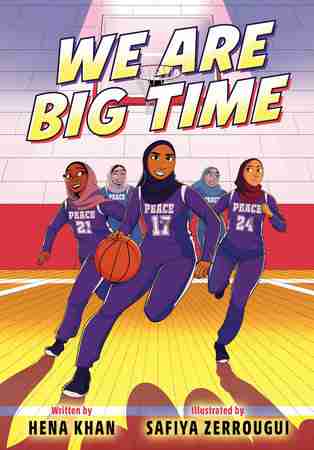
We Are Big Time by Hena Khan
Aliya’s family moved from Florida to Wisconsin, and everything is different, including the girls’ basketball team. She hopes to make friends on the team, but the captain doesn’t seem to like her.
How can Aliya navigate that strained relationship, adjust to a new state, new school, and more, as well as help her team win games?
Any child who’s moved to a new city, state, and/or school will identify with at least some of Aliya’s struggles. Adults can talk with children about ways to make friends, deal with the changes, and build friendships. Other topics for discussion in this book are prejudice, bullying, and teamwork. First impressions aren’t all they are made out to be, and we often miss the depth of a person when we rush to judgment.
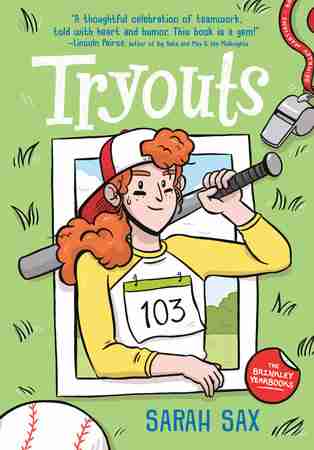
Tryouts by Sarah Sax
Al loves baseball. However, her middle school baseball team is boys only. She doesn’t let it slow her down, though some try to put obstacles in her way. How can she make a place for herself on a team where some don’t want her?
This book talks about artificial barriers constructed to keep some children out of sports. This book can help those who face challenges like this feel less alone.
It can help others to empathize with the struggles to be included.
Adults can delve into the history of Title IX and inclusion in sports. Bullying, sexism, and other forms of harmful behavior and words are also rich areas for discussion. Help children identify what they can do when/if they or someone else experiences any of these harms.
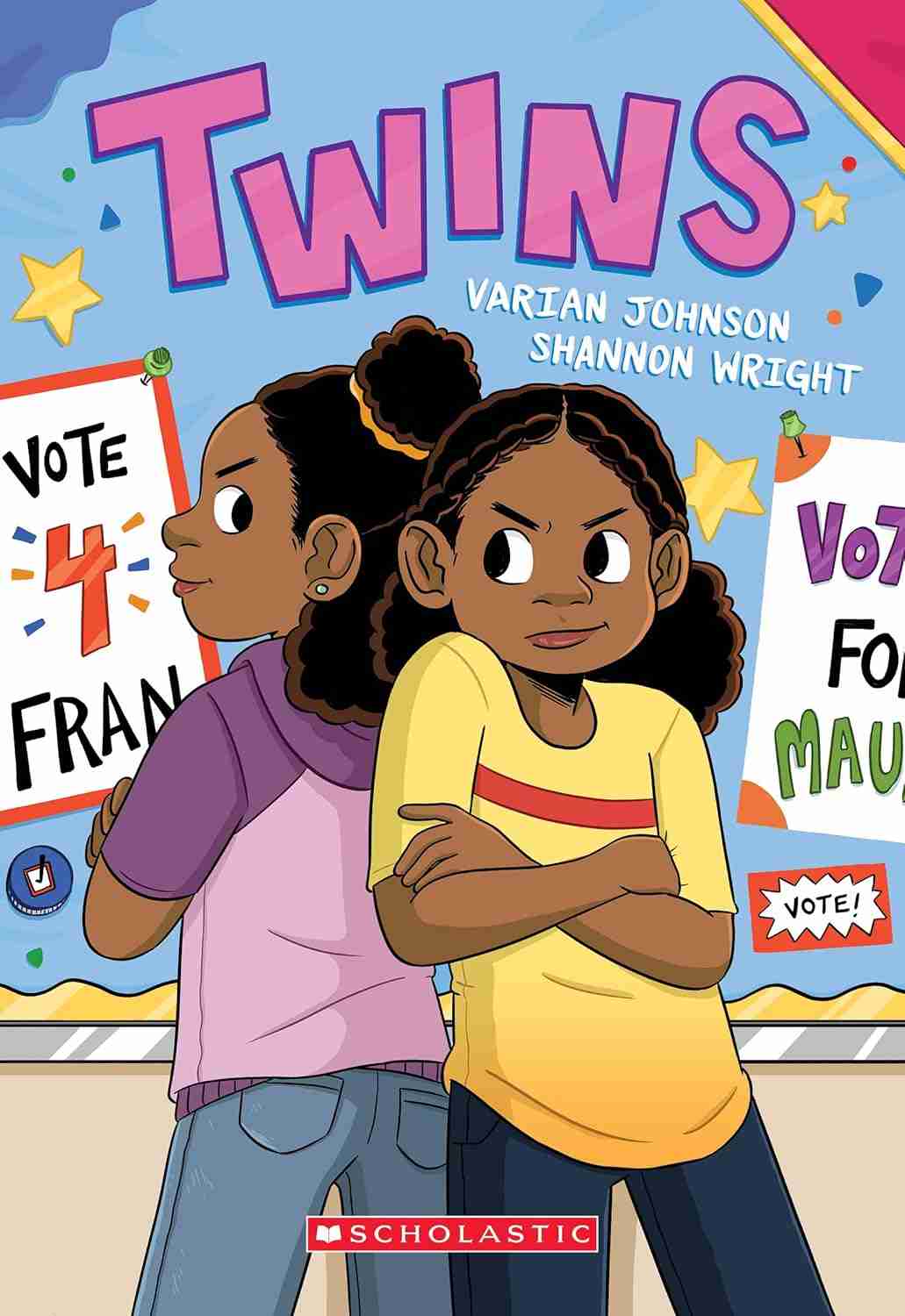
Twins by Varian Johnson and Shannon Wright
The twins are inseparable until shortly before sixth grade. Fran starts differentiating herself more from Maureen. What can they do to mend the rift and stay friends as well as sisters?
Middle school provides numerous challenges for so many children, especially concerning friendships. Children explore identities and deal with changing selves and friends, and hormones don’t help matters.
Many preteens and young teens will relate to what the girls go through. This book can help them navigate their feelings over all the changes as well as provide them with some ideas to deal with feelings and difficulties.
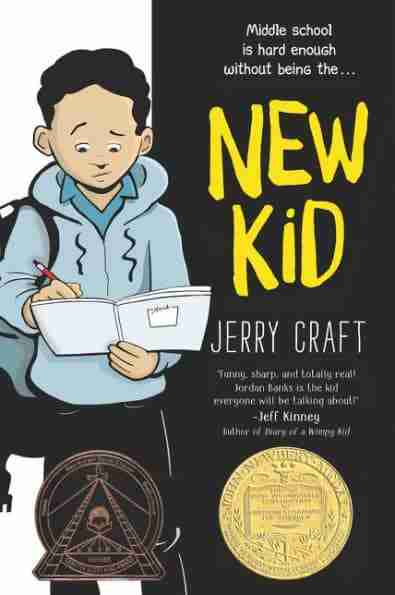
New Kid by Jerry Craft
Jordan loves to draw. However, instead of attending art school, he has to go to an academically prestigious school where there are few other Black children. Unfortunately, he experiences racism, bullying, and more.
He also develops strong friendships at the school. He learns how to advocate for himself and others. He chooses to give less weight to other people’s opinions.
Sometimes what children prioritize for their lives and what the adults want differ. Children may find it challenging to advocate for what they want in the face of what their grownups want.
This book can serve as a conversation starter and a way to learn self-advocacy.
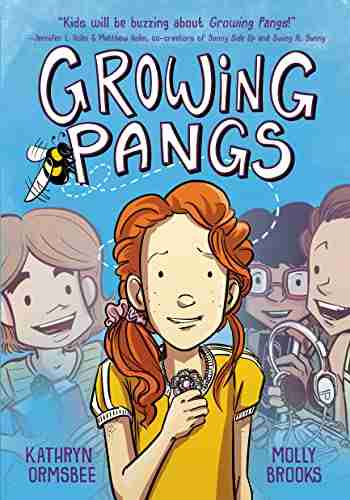
Growing Pangs by Kathryn Ormsbee and Molly Brooks
Katie feels as though she doesn’t quite fit in, other than with her best friend. However, suddenly her bff is acting differently. Does she still want to be Katie’s friend? This worry sparks other worries, which grow all-consuming.
More children (and adults) struggle with anxiety in the wake of the pandemic, growing economic insecurity, burgeoning inequality and inequity, and more. Although more books, shows, social media videos, etc. address anxiety, it still isn’t commonly discussed.
This book opens the door for conversations about anxiety. Children who don’t have words for it may recognize themselves in Katie and start sharing their internal experiences. Adults should openly and matter-of-factly talk about mental health with children.
It can save lives.
Middle Grades Novels in Verse
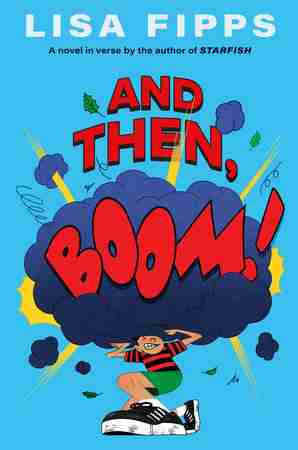
And Then, Boom! By Lisa Fipps
Joe has a lot going on in his life. His mom abandons him off and on and he and his grandma end up homeless due to his mom’s actions. Although they seem to always end up landing on their feet, something happens that leaves Joe alone.
He doesn’t have the words or the safety to reach out to adults nearby, and he pretends all is fine. Until it isn’t.
With the increase in unhoused people due to low pay and high housing costs, more children experience homelessness.
This book opens the door to discussions about being unhoused, having food insecurity, and more. Adults can talk with children about how to reach out for help for themselves or a friend, and what to do in an emergency.
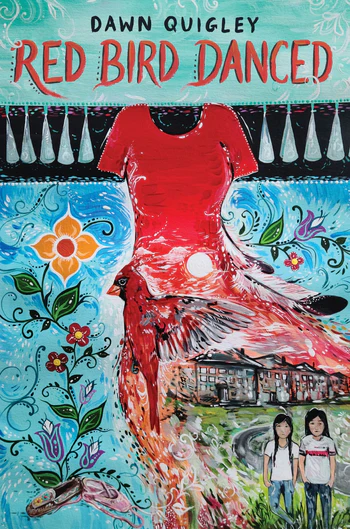
Red Bird Danced by Dawn Quigley
Ariel doesn’t want to dance as much since her auntie went missing. Tomah, her friend, struggles with schoolwork and often doesn’t feel good enough.
Through their friendship, these children learn to support each other and themselves, as well as find the strength to carry on despite their challenges. They learn to reach out for help when needed also.
This book talks about the reality of missing and murdered Indigenous peoples, and can start a conversation about this important topic that affects many people. Additionally, adults can discuss with children learning challenges, navigating roadblocks in getting help, and the importance of friendship.
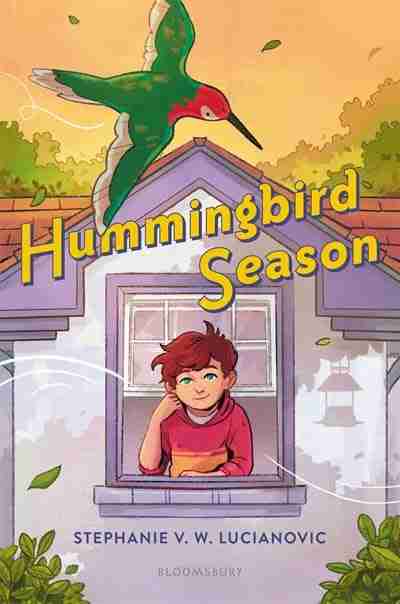
Hummingbird Season by Stephanie V.W. Lucianovic
Covid shut everything down, and everyone’s life changed rapidly in 2020. Archie struggles with adapting to all of the changes and feels invisible and silenced. No one seems to notice how difficult all of this is for him.
However, he finds solace in watching the hummingbirds, until a wildfire results in no more sightings of his favorite. Nevertheless, he clings to and grows hope and resilience during all of the difficulties.
The start of the pandemic and all of the abrupt changes created collective trauma for many people, especially children. School has never been the same.
Adults can talk about ways to navigate traumatic events on a global scale, ways to find joy and hope amid tragedy, and other ideas for caring for one’s mental health.
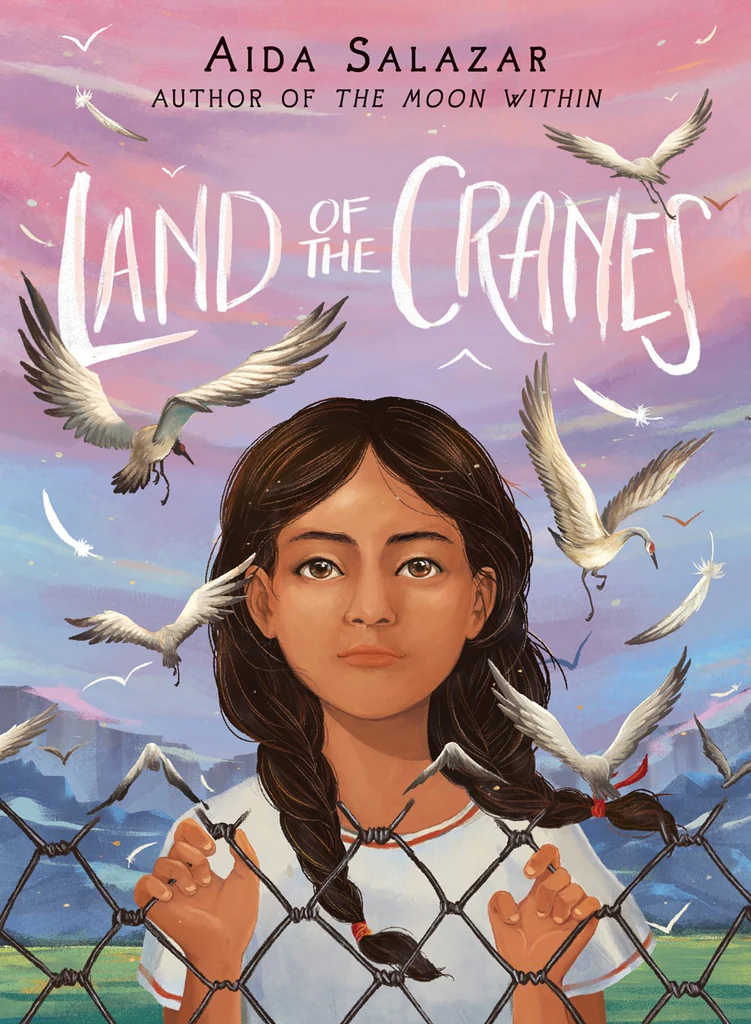
Land of the Cranes by Aida Salazar
Betita’s life changes when Papi is suddenly arrested and deported to Mexico. It gets worse when she and her mom are sent to an internment camp for undocumented immigrants.
They are denied basic necessities and dignity. Some of the guards seem to delight in cruelty. Yet even in terror and indignity, Betita finds a way to cultivate hope for herself and others.
This important novel sparks conversations about the horrors perpetrated by the U.S. government currently and historically. It provides children with a model for cultivating hope and resilience.
This beautiful, poignant book serves as a way to honor all people’s humanity. It is relevant, timely, and important. Read it first, so that you know what background knowledge to build.
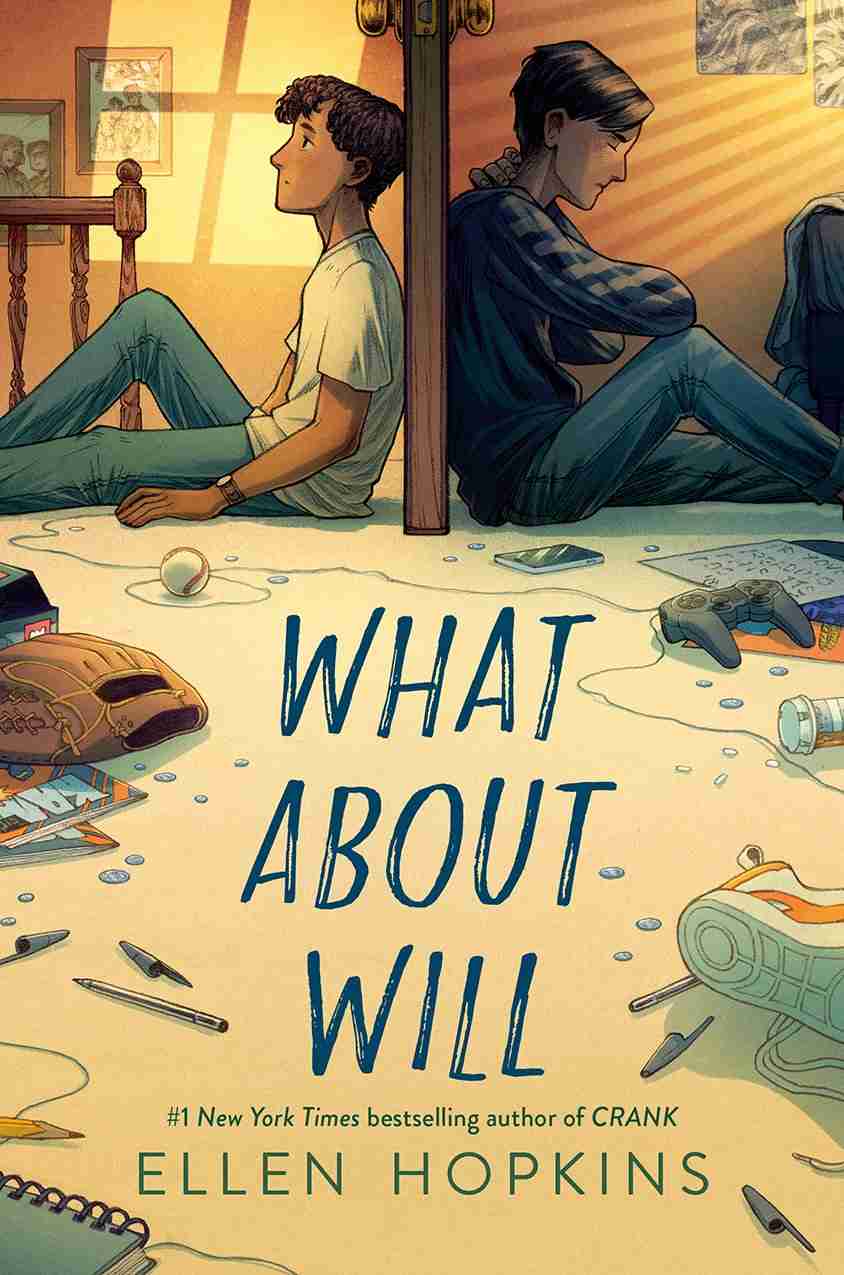
What About Will by Ellen Hopkins
Will has been a fantastic big brother to Trace, endlessly patient and helpful. Will didn’t treat Trace like a pain, annoyance, or inconvenience. But Will has changed and is now impatient, quick to anger, and addicted to painkillers.
Trace covers for him, thinking this will help Will until he realizes that helping Will may mean sharing the secrets that are harming him.
Many children know someone with an addiction, whether it’s to pain medicine, alcohol, social media, or something else.
Through this text, adults can talk with children about the impacts of addiction and ways to help.

Bibliotherapy Can Change Lives
Bibliotherapy provides readers with a map toward healing. Literature comforts lonely readers and gives them companionship on their journeys.
Books cultivate hope and resilience. Reading the right book at the perfect time can even save a life.
If you’d like additional recommendations, including for young adult novels, graphic novels, and novels-in-verse, please reach out to Dr. Bulatowicz via the comments. Talking with the children’s and/or young adult library services at your local library is another great resource.
What experiences have you had with bibliotherapy? Have any books impacted your mental health?
Please let us know in the comments!

